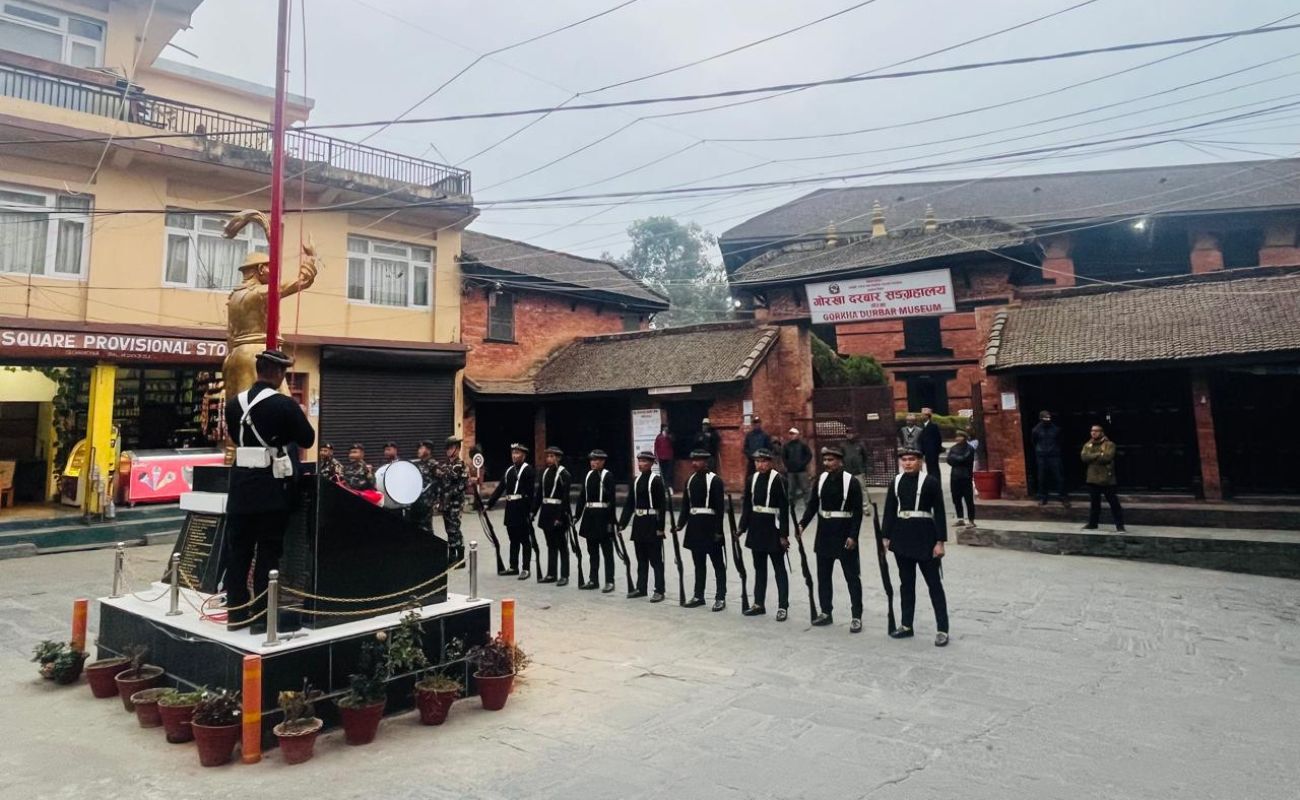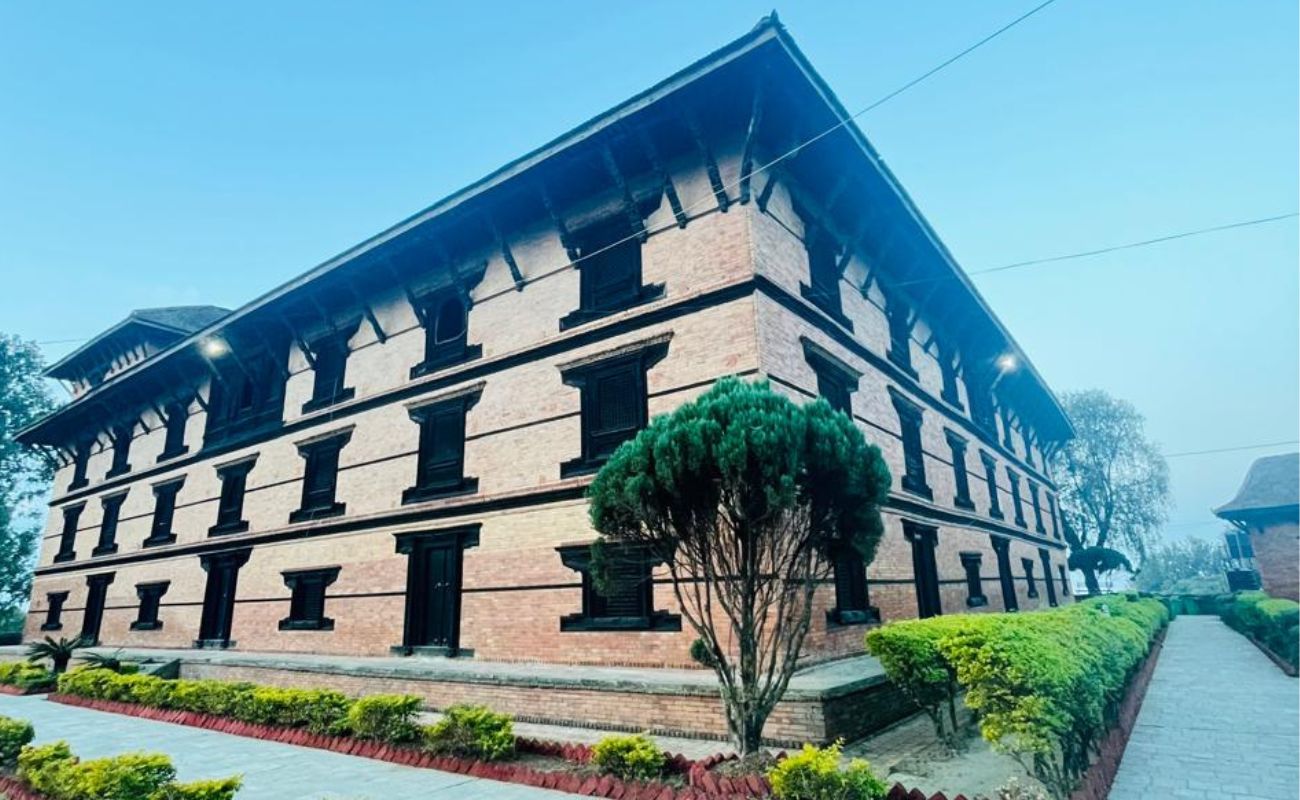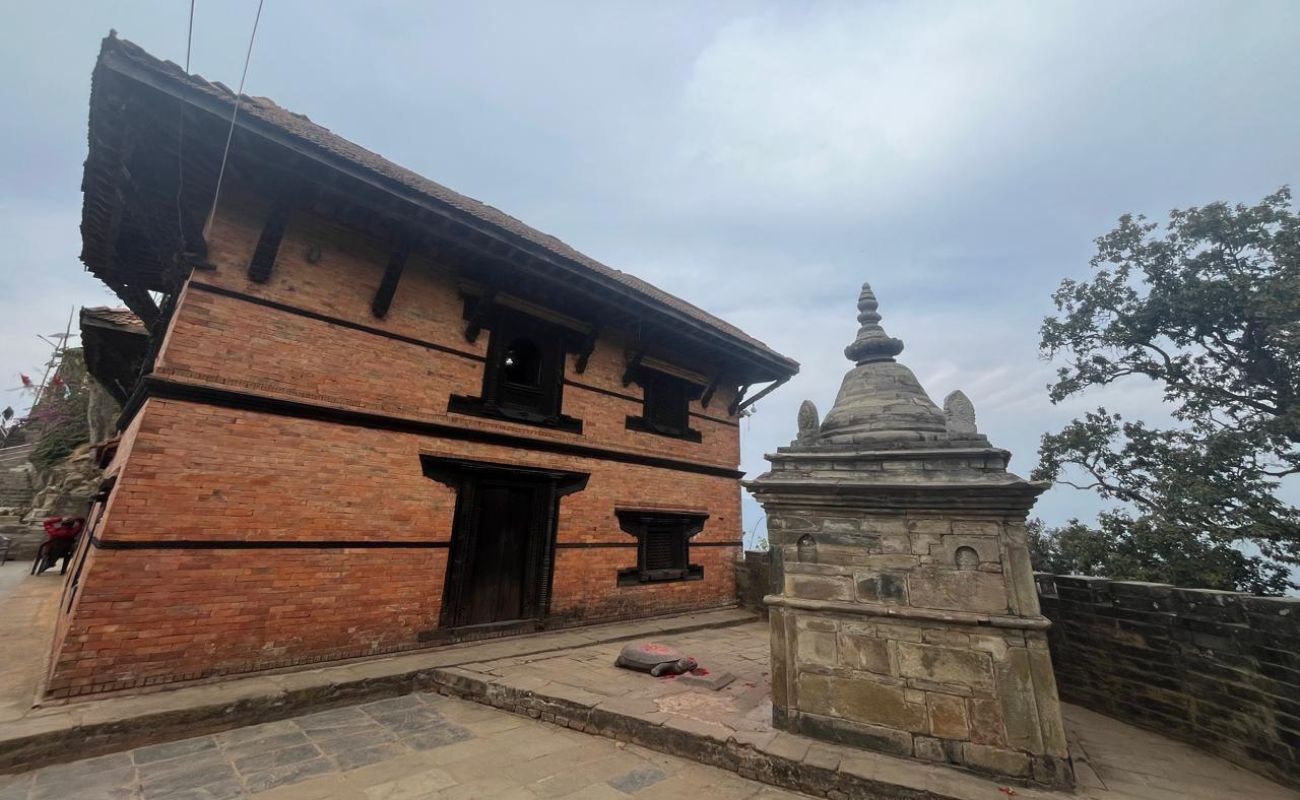
Explore Gorkha Durbar : Historic Palace of Nepal
Gorkha Durbar Nepal, also known as Gorkha Palace, stands as a powerful symbol of Nepal’s unity, history, and heritage. It is located in the Gorkha district of western Nepal. This historic site is best known as the birthplace of King Prithvi Narayan Shah, the founding father who unified the nation.
A visit to this ancient Nepal royal palace offers a fascinating blend of history, culture, architecture, and spirituality making it a must-see destination for anyone exploring Gorkha tourism.
Where is Gorkha Durbar Located?
Gorkha Durbar is located in Gorkha District, about halfway between Kathmandu and Pokhara in western Nepal. Perched at an elevation of 1,400 meters, it sits atop a ridge that offers a panoramic view of snowcapped peaks such as Mount Manaslu, Himalchuli, and Ganesh Himal.
To reach the palace, one must climb approximately 1,500 stone steps from Gorkha Bazaar a journey that is both physically rewarding and spiritually fulfilling.
Why is Gorkha Durbar Famous?
Gorkha Durbar is famous because it holds immense historical, cultural, and spiritual significance in Nepal. Here's why it's so famous:
- It is the birthplace and childhood home of King Prithvi Narayan Shah, who unified Nepal in the 18th century.
- It is a perfect blend of palace, fortress, and temple architecture, unique in Nepal.
- The site offers a breathtaking Himalayan view that adds natural charm to its historical depth.
- It houses two sacred temples, Gorakhnath and Kalika, which are revered pilgrimage sites.
- It is home to the Gorkha Durbar Museum, which showcases the rich legacy of the Shah dynasty and Nepalese unification.

History of Gorkha Durbar Nepal
Gorkha Durbar was built in the 16th century by King Ram Shah. The palace complex became the epicenter of power in Gorkha. However, its most notable resident was King Prithvi Narayan Shah, who used this fortress as the base for his strategic military campaigns that unified dozens of small kingdoms into one Nepal.
Who built Gorkha Durbar?
Gorkha Durbar was built by Ram Shah, one of the most respected and visionary kings of the Gorkha Kingdom, during the early 17th century. King Ram Shah ruled Gorkha from 1606 to 1633 and is well known for his just governance and reforms that strengthened the kingdom's foundations.
The palace was constructed as both a royal residence and a strategic fort on top of a hill, offering a commanding view of the surrounding areas. Later, it became the ancestral home of King Prithvi Narayan Shah, the unifier of modern Nepal. The architecture of Gorkha Durbar reflects traditional Nepali craftsmanship with a unique blend of fort, palace, and temple elements, symbolizing both power and devotion. Today, it stands as a monument to Nepal's early unification history and royal heritage.
Key Milestones:
- Builder: King Ram Shah
- Renovations: Carried out during the reign of Prithvi Narayan Shah
- Unification Campaign: Planned and launched from Gorkha Durbar
- Symbolism: Represents national pride, bravery, and leadership
Architecture of Gorkha Palace
The architecture of Gorkha Durbar is a striking example of medieval Nepali design. The palace is a fortified structure with sloping tiled roofs, intricately carved Newari-style wooden windows, and a layout that served both defense and royal needs.
Highlights:
- Strategic hilltop placement for security
- Multi-storied wooden palace with narrow corridors and secret rooms
- Earthquake-resistant stone and brick construction
- Artistic elements blending Hindu and Buddhist motifs
The design reflects the blend of military strategy, royal elegance, and religious devotion.
Temples in Gorkha Durbar Nepal
The Gorkha Durbar complex houses two ancient temples that are both religiously and culturally significant:
1. Gorakhnath Temple
- It is located inside a sacred cave beneath the palace
- Dedicated to Gorakhnath Baba, the revered yogi and guide of the Shah kings
- Considered the spiritual protector of Gorkha
2. Kalika Temple
- A beautifully carved, pagoda-style temple located on the northern side
- Devoted to Goddess Kali, symbolizing power and protection
- Entry is restricted to Hindus, but its exterior can be admired by all visitors
These temples in Gorkha add to the spiritual richness of the palace complex.
Gorkha Durbar Museum
Gorkha Durbar Museum is a captivating part of the Gorkha Palace complex, offering visitors a deep insight into Nepal’s royal past and the unification journey led by King Prithvi Narayan Shah. Housed within a section of the historic palace, the museum showcases a remarkable collection of ancient artifacts, including royal armory, weapons, coins, handwritten documents, royal portraits, and traditional clothing used by the Shah dynasty.
It provides a vivid portrayal of the lifestyle, governance, and military strategies of the era that led to the formation of modern Nepal. The museum also features exhibits related to the cultural and spiritual aspects of Gorkha, with displays dedicated to local beliefs and the revered Gorakhnath Baba.

What is the Ticket Price for Gorkha Durbar Museum?
- Nepali Citizens: NPR 50
- SAARC Nationals: NPR 100
- Foreigners: NPR 150
(Note: Prices may vary slightly based on seasonal or local adjustments.)
What Can You See in Gorkha Durbar?
When visiting Gorkha Palace you can explore royal architecture, temples, panoramic Himalayan views, and the Gorkha Durbar Museum.
- The Royal Palace Complex
- Temples of Gorakhnath and Kalika
- Panoramic views of Mount Manaslu and Ganesh Himal
- Traditional architecture and stone pathways
- Historical artifacts in the museum
- Stone inscriptions and ancient sculptures
- Peaceful atmosphere and fresh mountain air
How to Reach Gorkha Durbar?
Distance from Major Cities:
- Kathmandu to Gorkha: ~143 km (~5-6 hours by road)
- Pokhara to Gorkha: ~120 km (~4-5 hours by road)
Final Ascent:
- From Gorkha Bazaar, the palace is about 1,500 stone steps uphill
- You may also hire a porter or take it slow with multiple rest stops
Best Time to Visit Gorkha Durbar
The best time to visit Gorkha Durbar is during the autumn and spring seasons, specifically from September to November and March to May. During these months, the weather in Gorkha is pleasant, with clear skies, moderate temperatures, and minimal rainfall making it ideal for sightseeing and exploring the historic site.
Avoid visiting during the monsoon season (June to August), as heavy rainfall may cause travel disruptions and obscure views. Winter (December to February) can also be visited, but mornings and evenings can be quite chilly.
Other Attractions Near Gorkha Durbar
Make your Gorkha trip even more rewarding by visiting:
- Gorkha Bazaar – Local market full of culture and food
- Gorkha Museum (separate from the Durbar museum)
- Manakamana Temple – A famous temple accessible by cable car
- Upallokot Viewpoint – A higher spot offering better views of the Himalayas
- Ligligkot – Historic site of the "king race," tied to early Gorkha history

Travel Tips for Gorkha Durbar Visitors
- Carry drinking water and light snacks
- Wear comfortable hiking shoes for the uphill climb
- Respect temple customs — remove shoes, no photography in restricted areas
- Hire a local guide to get detailed historical insights
- Keep some cash handy for museum entry and local purchases
Why Gorkha Durbar is a Must-Visit Historic Site in Nepal?
Gorkha Durbar is not just a tourist destination—it is a living museum of Nepalese history, a royal palace, a military fortress, and a spiritual retreat. It marks the beginning of modern Nepal, both politically and culturally.
Whether you're tracing the footsteps of Prithvi Narayan Shah, admiring the intricate architecture, or meditating in its ancient temples, this site promises a fulfilling journey through the soul of Nepal. Visit our website to learn more, get travel tips, and plan your perfect Gorkha trip.





